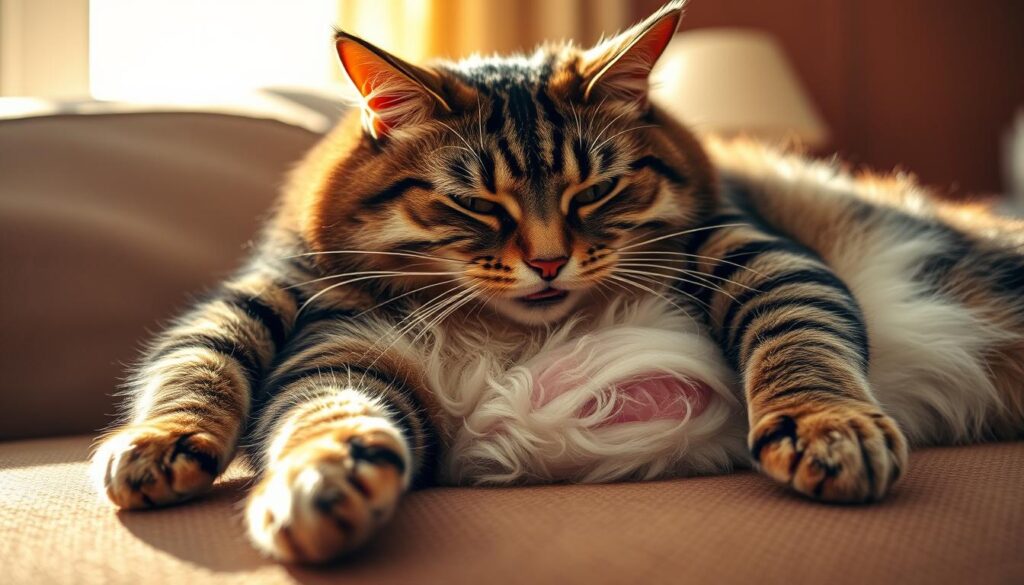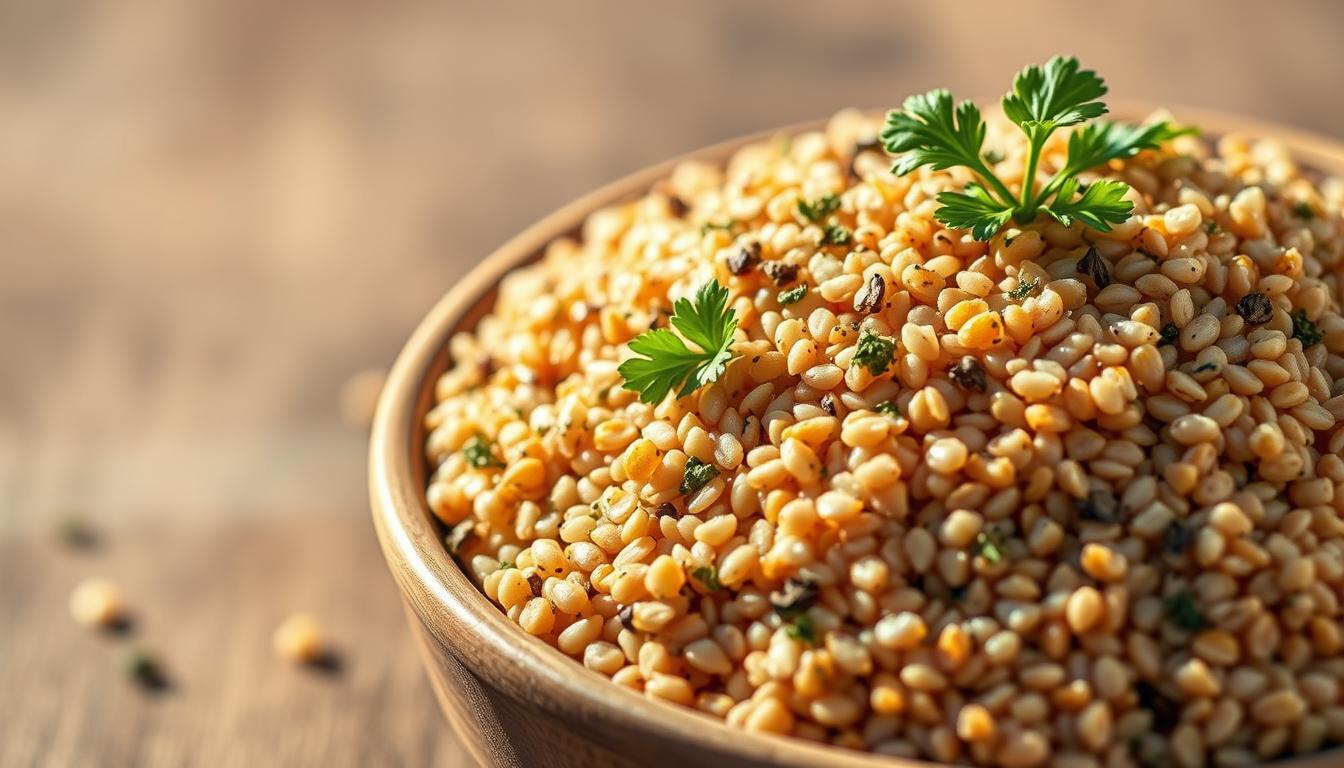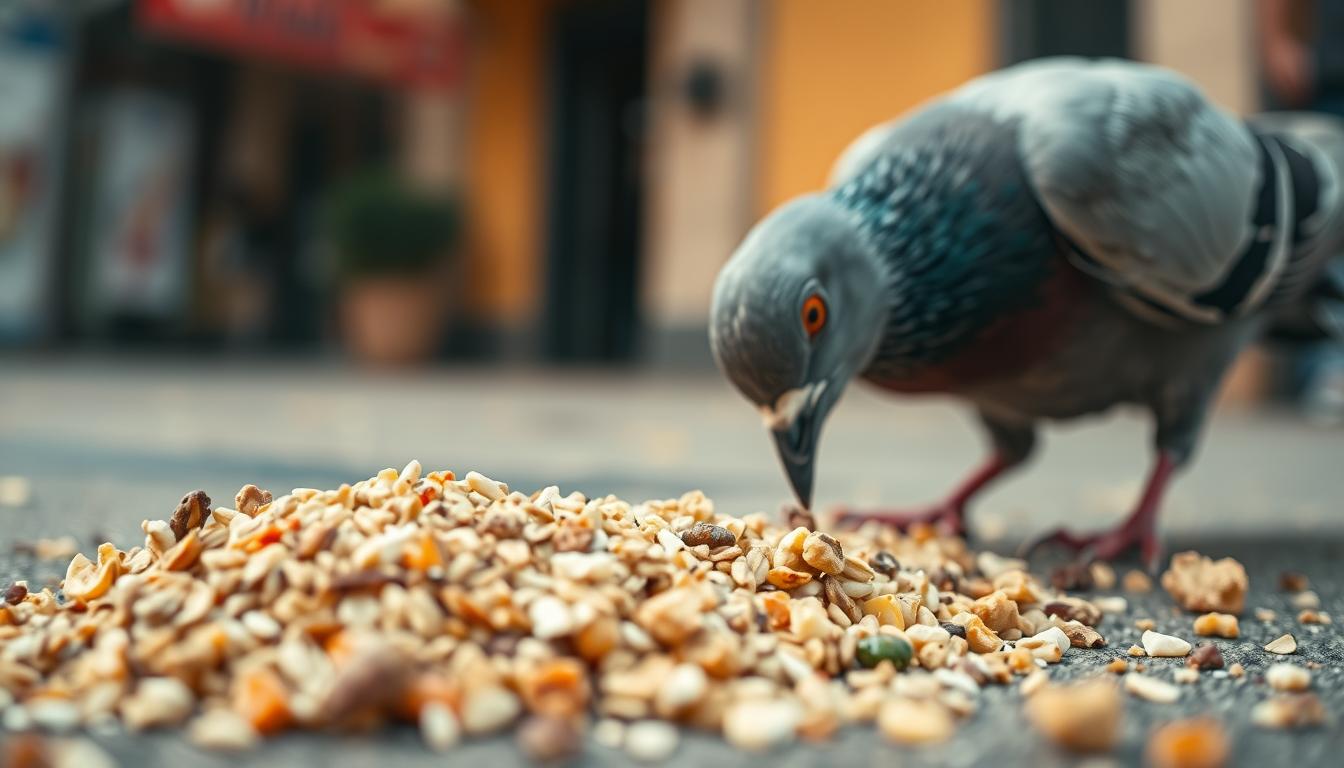Have you ever wondered if chocolate is bad for cats? While humans enjoy it, chocolate poses serious risks for your pet. The culprit? Theobromine and caffeine, which are toxic to cats.
Even small amounts can trigger severe health issues, including chocolate poisoning. Symptoms like vomiting and an increased heart rate can appear within hours. If left untreated, these effects can escalate, putting your cat’s life at risk.
Veterinary experts stress that prompt action is crucial. The longer you wait, the higher the danger. This article explores the five toxic effects of chocolate on cats, helping you understand why keeping it out of reach is vital for your pet’s safety.
Table of Contents
Understanding the Toxic Effects of Chocolate on Felines
Chocolate contains compounds that can harm your cat’s health. The primary culprits are theobromine and caffeine, which are toxic to cats. These substances can cause severe health issues, even in small amounts.
Theobromine and Caffeine: The Primary Culprits
Theobromine and caffeine are stimulants found in chocolate. They affect your cat’s central nervous system and heart. Dark chocolate contains higher levels of these toxins compared to milk chocolate, making it more dangerous.
How Chocolate Affects Your Cat’s Heart and Nervous System
These compounds can increase your cat’s heart rate and cause irregular rhythms. They also affect the nervous system, leading to symptoms like hyperactivity or depression. The severity depends on the amount and type of chocolate consumed relative to your cat’s weight.
Even small amounts can be harmful. If you suspect your cat has ingested chocolate, contact your vet immediately for proper treatment.
FAQ: is chocolate bad for cats
Many pet owners wonder if chocolate is harmful to their feline friends. The answer is clear: yes, chocolate can be toxic to cats. Even small amounts can cause serious health issues due to the presence of theobromine and caffeine, which are toxic to cats.
Debunking Myths and Clarifying Facts
A common misconception is that a little chocolate is harmless. However, the truth is that no amount of chocolate is safe for cats. Theobromine and caffeine, found in chocolate, are not easily metabolized by cats, leading to dangerous levels in their system.
Symptoms of chocolate poisoning can appear within 1-2 hours after ingestion. These may include vomiting, an increased heart rate, and restlessness. If left untreated, these symptoms can escalate, posing a severe risk to your cat’s health.
It’s crucial to act quickly if you suspect your cat has ingested chocolate. Contact your vet immediately for advice and treatment.
Some people believe that cats are less affected by chocolate than dogs, but this is not true. Cats are more sensitive to the toxic effects of theobromine and caffeine, making chocolate ingestion potentially more dangerous for them.
If your cat shows signs of poisoning, such as hyperactivity or an irregular heartbeat, seek veterinary care without delay. Prompt treatment can prevent severe complications and ensure your pet’s safety.
Recognizing the Symptoms of Chocolate Poisoning in Cats
As a pet owner, it’s vital to recognize the signs of chocolate poisoning in your cat. Symptoms can vary, but they often appear within a few hours and can worsen over time.
Early Warning Signs to Watch For
The initial signs of chocolate poisoning may include vomiting, diarrhea, and increased urination. These symptoms can appear within 2-4 hours after ingestion and may escalate up to 12 hours later.
Changes in behavior, such as hyperactivity or restlessness, are also key indicators. Additionally, fast breathing, an irregular heart rate, or tremors can signal poisoning.

When to Seek Veterinary Assistance
If your cat shows any of these symptoms, contact your vet immediately. Even mild symptoms like diarrhea or vomiting require prompt attention to prevent severe complications.
Monitor your cat closely if multiple symptoms appear. Quick action can help avoid long-term damage and ensure your pet’s safety. Remember, early treatment is crucial for the best outcome.
Steps to Take if Your Cat Ingests Chocolate
If you suspect your cat has eaten chocolate, it’s important to act quickly and calmly. Chocolate contains theobromine, a toxin that can harm your pet’s health. Every minute counts, so follow these steps to protect your cat.
Immediate Actions to Protect Your Pet
First, remove any remaining chocolate from your cat’s reach. Do not let your cat eat more. Next, call your vet or a pet poison helpline right away. They will give you the best advice based on the situation.
Key Information to Share with Your Vet
When you speak to your vet, provide details about the type of chocolate and how much your cat ate. Also, share your cat’s weight. This information helps the vet decide the best treatment. For example, dark chocolate has more theobromine than milk chocolate, so it’s more dangerous.

Do not try to make your cat vomit unless your vet tells you to. Some treatments can make things worse. If needed, your vet might suggest medicine to help your cat’s body deal with the toxin.
Remember, quick action can make a big difference in your cat’s recovery. Always keep chocolate out of your pet’s reach to avoid future risks.
Preventing Chocolate Poisoning: Safe Alternatives and Home Tips
Keeping your cat safe from chocolate poisoning requires proactive measures and awareness. While it’s important to recognize the symptoms, prevention is key to ensuring your pet’s well-being. Here’s how you can create a safer environment for your cat.
Cat-Friendly Treat Alternatives to Chocolate
Replace chocolate with treats specifically designed for cats. These options are not only safe but also nutritious and enjoyable for your pet. Consider these ideas:
- Choose veterinarian-recommended cat treats that are free from toxic ingredients.
- Opt for snacks like green dental chews or freeze-dried chicken strips.
- Try homemade treats made from cat-safe ingredients such as cooked chicken or plain yogurt.
Effective Ways to Keep Chocolate Out of Reach
Secure storage is essential to prevent accidental ingestion. Here’s how you can keep chocolate away from your cat:
- Store chocolate in locked cabinets or containers out of your cat’s reach.
- Keep all forms of chocolate, including cocoa powder and baking supplies, in sealed containers.
- Dispose of chocolate wrappers and packaging responsibly to avoid curiosity-driven ingestion.
By taking these steps, you can significantly reduce the risk of chocolate poisoning and ensure a safer home for your cat. Always monitor your pet’s behavior and educate household members on the dangers of chocolate for cats.
Conclusion
Protecting your pet from the dangers of chocolate is a top priority. As highlighted throughout this article, even small amounts of chocolate can pose serious health risks to your cat due to the presence of toxic compounds like theobromine and caffeine.
Key symptoms to watch for include vomiting, hyperactivity, and an increased heart rate. If you suspect your cat has ingested chocolate, immediate action is crucial. Contact your vet right away for professional guidance and treatment options.
To keep your cat safe, consider these preventive measures: store chocolate in secure locations and opt for cat-friendly treats like green dental chews or cooked chicken. Remember, early treatment leads to better outcomes, so stay vigilant and informed to ensure your pet’s well-being.
By following these expert tips, you can create a safer environment for your cat and enjoy peace of mind knowing you’re taking the right steps to protect them.
What are the symptoms of chocolate poisoning in cats?
Symptoms of chocolate poisoning in cats include hyperactivity, restlessness, tremors, and an increased heart rate. In severe cases, it can lead to seizures or even heart failure. If you notice any of these signs, contact your vet immediately.
How much chocolate is toxic to a cat?
The toxicity depends on the type of chocolate and your cat’s weight. Dark chocolate and cocoa powder are more toxic than milk chocolate. Even small amounts can be dangerous, so it’s best to keep all chocolate out of reach of your pet.
Can cats eat any type of chocolate safely?
No, cats should not eat any type of chocolate. All chocolate contains theobromine, which is toxic to cats. Even white chocolate can cause issues, though it’s less toxic than darker varieties. Always treat chocolate as a toxin and keep it away from your cat.
What should I do if my cat eats chocolate?
If your cat ingests chocolate, contact your vet or a pet poison hotline immediately. Provide details about the amount and type of chocolate eaten. Your vet may recommend treatment or hospitalization to monitor your cat’s heart rate and overall health.
How can I prevent my cat from eating chocolate?
Keep all chocolate products in secure, high cabinet. Avoid using chocolate as a treat, and educate family members about its dangers. Store-bought cat-friendly treats are a safer alternative. Regularly inspect your home to ensure no toxic substances are within your cat’s reach.
Source Links
- Can Cats Eat Chocolate? Understanding the Risks and What to Do – https://vocal.media/petlife/can-cats-eat-chocolate-understanding-the-risks-and-what-to-do
- Why Can’t Pets Eat Chocolate? | Johnsons Veterinary Products – https://johnsons-vet.com/why-cant-pets-eat-chocolate/
- Animal Hospital of North Asheville – https://www.ahna.net/site/blog-asheville-vet/2024/07/15/cat-chocolate
- Can Cats Eat Chocolate? No! – https://www.pumpkin.care/blog/can-cats-eat-chocolate/
- Can Cats Eat Chocolate or Is It Toxic For Cats? – Bella+Duke – https://www.bellaandduke.com/cats/expert-advice/cat-nutrition/can-cats-eat-chocolate/?srsltid=AfmBOorlJa8p5SZEla7xiE3vbXsoMfXkezUmC83OYroQ50trGv7zB7n2
- Can Cats Eat Chocolate? Human Food for Cats – https://www.kinship.com/cat-nutrition/can-cats-eat-chocolate
- What To Know about Chocolate Poisoning in Cats and How to Protect Them | Emergency Veterinary Care Centers – https://evcc.com/blog/can-cats-eat-chocolate/
- Cat Chocolate Toxicity Calculator – https://www.omnicalculator.com/biology/cat-chocolate-toxicity
- Can Cats Eat Chocolate? – https://noblevetclinic.com/blog/can-cats-eat-chocolate
- Is chocolate poisonous to cats? | Blog – https://www.cats.org.uk/cats-blog/why-is-chocolate-poisonous-for-cats
- Can Cats Eat Chocolate? What To Do if Your Cat Eats Chocolate – https://www.petmd.com/cat/poisoning/can-cats-eat-chocolate
- Vet Advice: Is Chocolate that Bad for Dogs & Cats? – https://www.trupanion.com/pet-blog/article/chocolate-and-pets
- Is Chocolate Bad for Cats? – https://basepaws.com/cat-insider/can-cats-eat-chocolate
- Can Cats Eat Chocolate? Vet Reviewed Facts & Safety Guide – Catster – https://www.catster.com/nutrition/can-cats-eat-chocolate/
- My Cat Ate Chocolate! Our Vet Explains Toxicity & What to Do – Catster – https://www.catster.com/ask-the-vet/my-cat-ate-chocolate/




